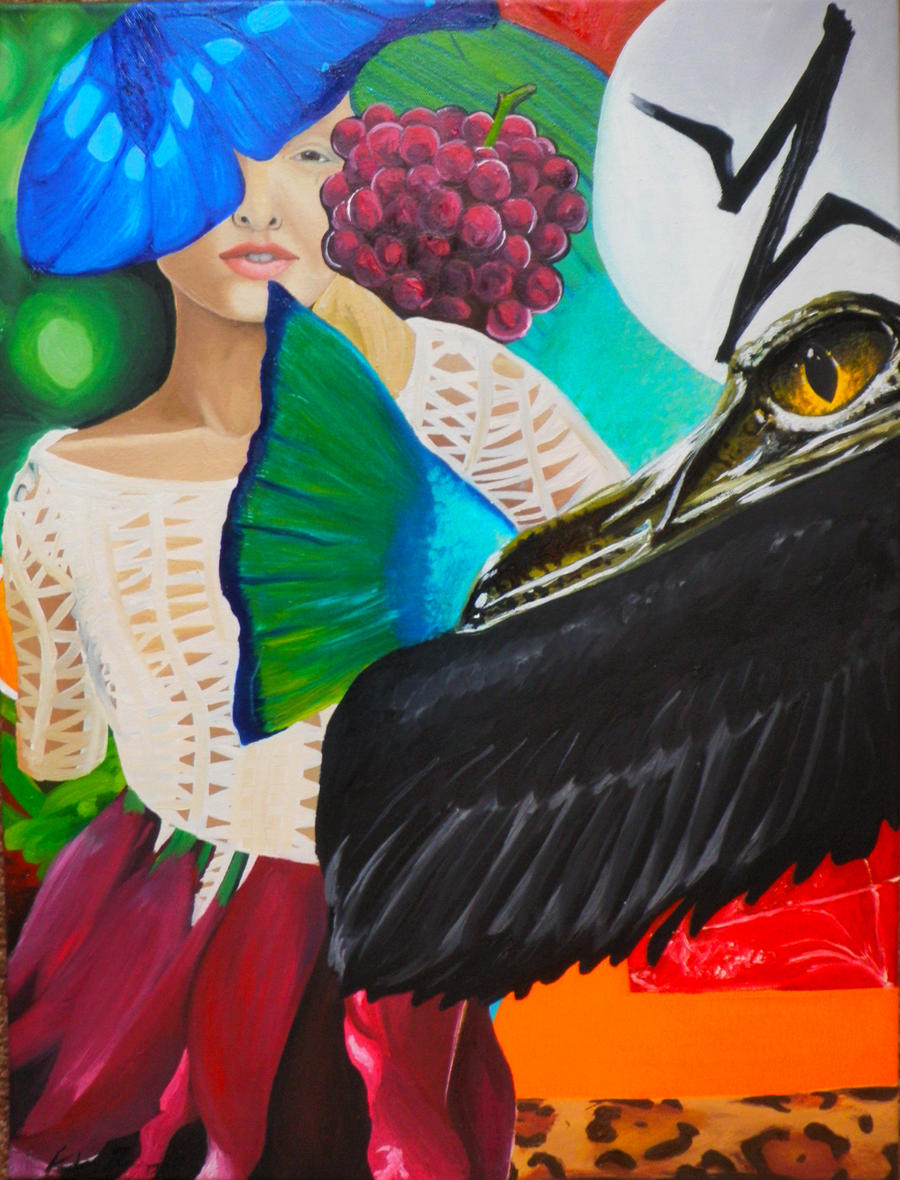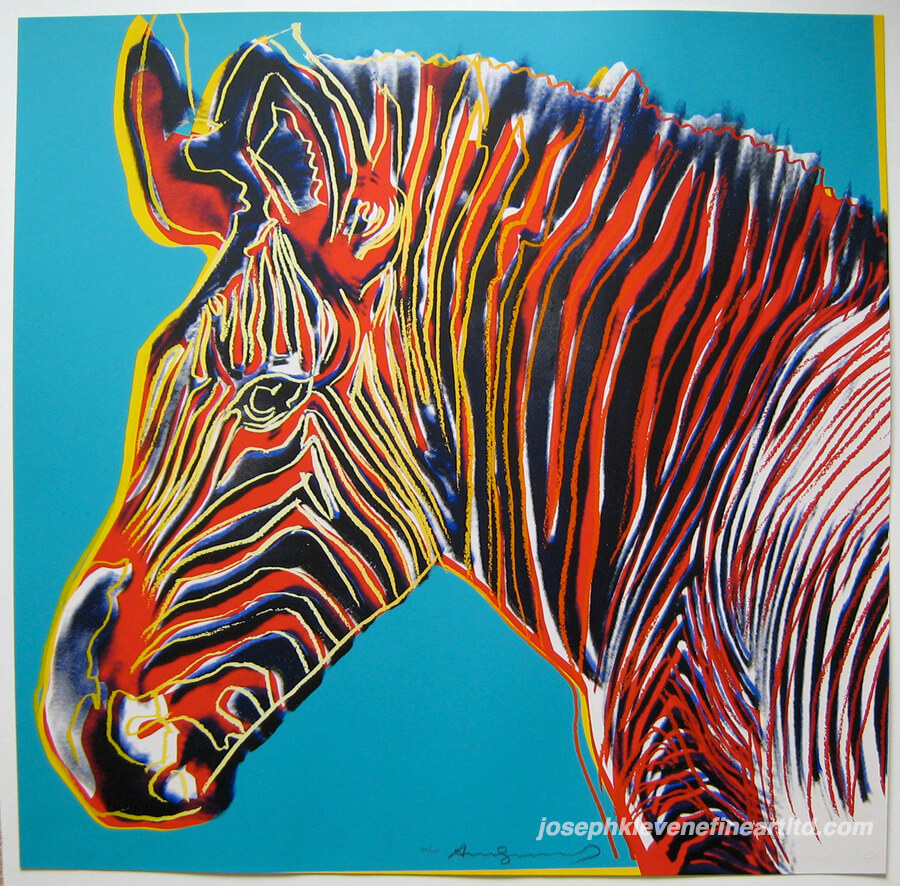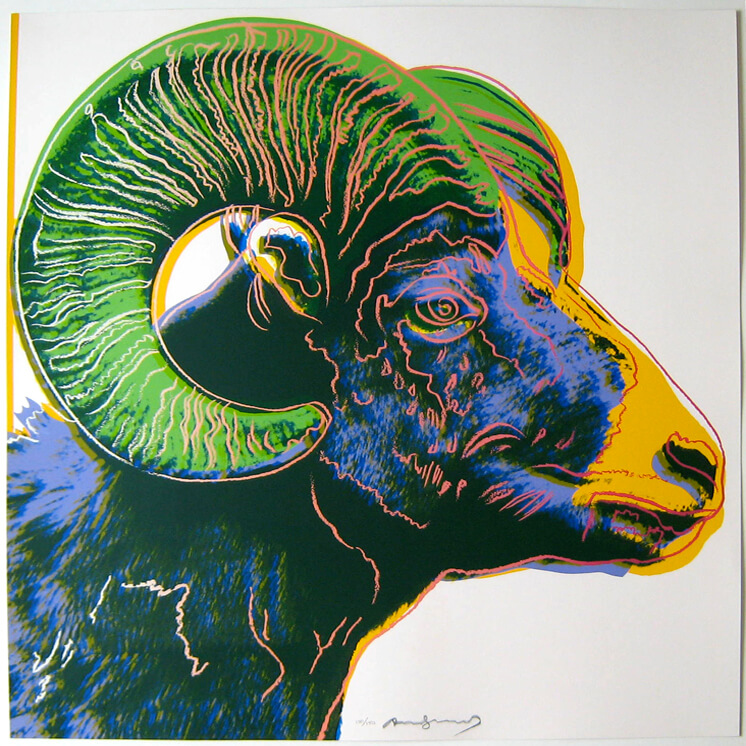 |
| Life Oil On Canvas Kelsee Franz |
My work as an artist, And what I've been inspired by
 |
| The Sunsets Song Photography Kelsee Franz |
This quarter I had alot more fun with all the surreal images, the realistic and the photography that was shown to us. There were artists such as Monet, Manet, Dali, and Warhol that really inspired me when I create my own artwork. I love the instant capture of impressionism and post-impressionism, the creative minds of Dali with his own interesting way to look at the world, and Warhol, that never bounced around what he wanted to create. All of these artists and more inspire my work, even though I may not practice to be exactly like them, I still enjoy creating art through the same concept ideas and techniques as they do.
I feel that photography with sunsets and using a play on light is a lot more effective than painting a sunset with a glare. I love the wildness and crispness of the grass against the solar flare that seems to cut through the image. this to me is what impressionism is, instant, a moment in time that will never be again. A perfect day to relive over and over though a single photograph; that is what inspires me about impressionism. its beautiful in its instantaneous nature.
 |
| Wave Dancer animated digital painting Kelsee Franz |
Another art movement that really inspires me to create is the surrealist movement. they create strange and new creatures and environments that look like they could exist, but don't. Their use of their imaginations and their ability to replicate what they perceive within their own minds is fascinating, and I wish I could do the same as well as they do. However I guess because surrealism only slightly pops up in my work through fantasy characters, drawings and animations it can be considered surrealism since it seems to be something that isn't. or rather, something that could exist in this world along side us. I enjoy that aspect greatly and I relish any opportunity to create my own fantastical creature within an environment that may or may not look familiar. Although I really enjoy creating art traditionally (such as the painting above) I also truly find digital art to be fascinating as well. The freedom of color mixing and the unlimited amount of media look-a-likes, colors, and brushes that are all at your disposal is like a candy store to me. I grew up without much money so I had to earn my own money for art supplies and I learned very quickly how expensive that can all be. So in order to create more in depth worlds and characters I bought and taught myself how to draw using a tablet and Photoshop when i was 14. Its been a long process, but now I have almost complete freedom when working with this particular media.
 |
| Music Alabaster and Steel rod Kelsee Franz |
Finally the last artist/movement that I've included in this is andy warhol and his take on pop culture through pop art. His bold use of color and basic desire to create art non stop is inspiring to me. Also, he stood up for what he believed in, and created art based off of that idea. Basically I find it inspiring that he never created art for anyone but himself. I'm sure he did it for a living, but he was free to choose his subject matter and translate it into big bold statements with lots of color and extra lines. All in all, I'm not entirely sure where all of my different themes of art and techniques would be organized into movements or specific styles, but I'm okay with that. I create art because it allows me a means to express myself visually, and to communicate what my thoughts are through that means.












